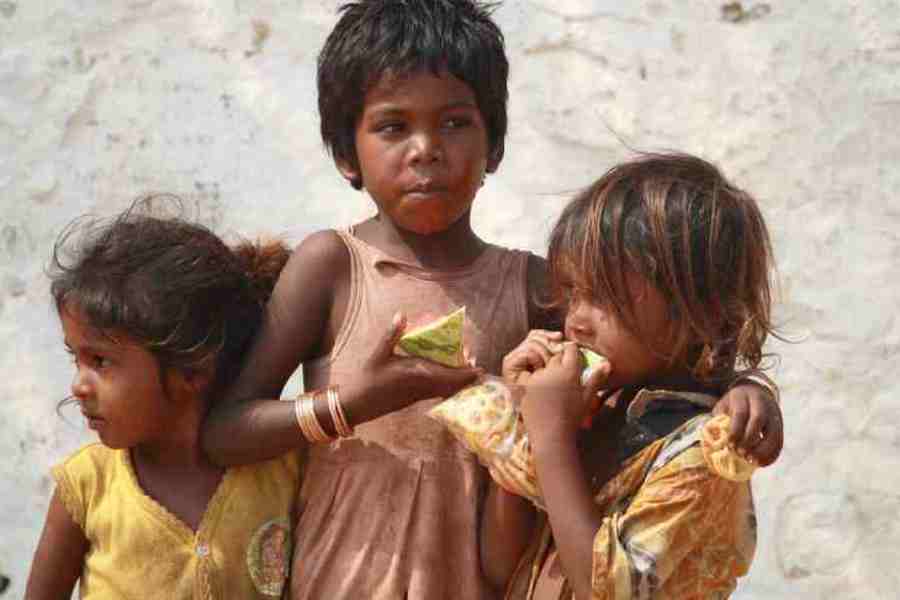Is the world losing its battle against hunger and malnutrition? A recent statement by the head of the United Nations-backed World Food Programme revealed that a shocking 783 million people — one out of every 10 human beings on the planet — go to sleep hungry every night. This alarming figure is not an exception; around 811 million people were victims of hunger in 2020 as the pandemic pushed more people into poverty. That embedded inequality and the Covid-19 pandemic have had a deleterious impact on the efforts to reduce hunger is not surprising but the global food crisis has also been aggravated by conflict. For instance, together with Russia, Ukraine accounted for about one-quarter of global wheat exports in 2019 but the invasion by Moscow and the subsequent blockading of Ukraine’s ports have led to a steep increase in the price of foodgrains worldwide and intensified the crisis in poorer countries. Libya, for instance, imported 88% of its cereals from the two nations now locked in battle. This begs an important question. At a time when geopolitical co-operation has taken centre stage and multilateral fora like BRICS and G20 are being projected as platforms capable of resolving several knotty issues, why is the international community or geopolitical blocs failing to work out ways of addressing the challenge of global hunger? The question is relevant because there are precedents of international cooperation addressing food shortages. The decline in the total number of people afflicted by hunger in Latin America and the Caribbean, from 69 million in 1990-92 to 37 million in 2012-14, was largely due to the efforts of organisations like the Community of Latin American and Caribbean States, underscoring the potential of regional blocs in tackling hunger and malnourishment effectively.
India’s picture continues to look particularly grim in this context. According to The State of Food Security and Nutrition in the World report, 973.3 million people in India were unable to afford a healthy diet in 2020. The Global Hunger Index of 2022 also classifies India’s level of hunger as “serious”. In a country where 800 million survive on government rations, a reduced allocation to the PM Poshan scheme in this year’s budget represents a clear lack of political concern. Governments — including India’s — need to tackle hunger with a localised, piecemeal approach if the goal to eliminate global hunger by 2030 is to be met.










